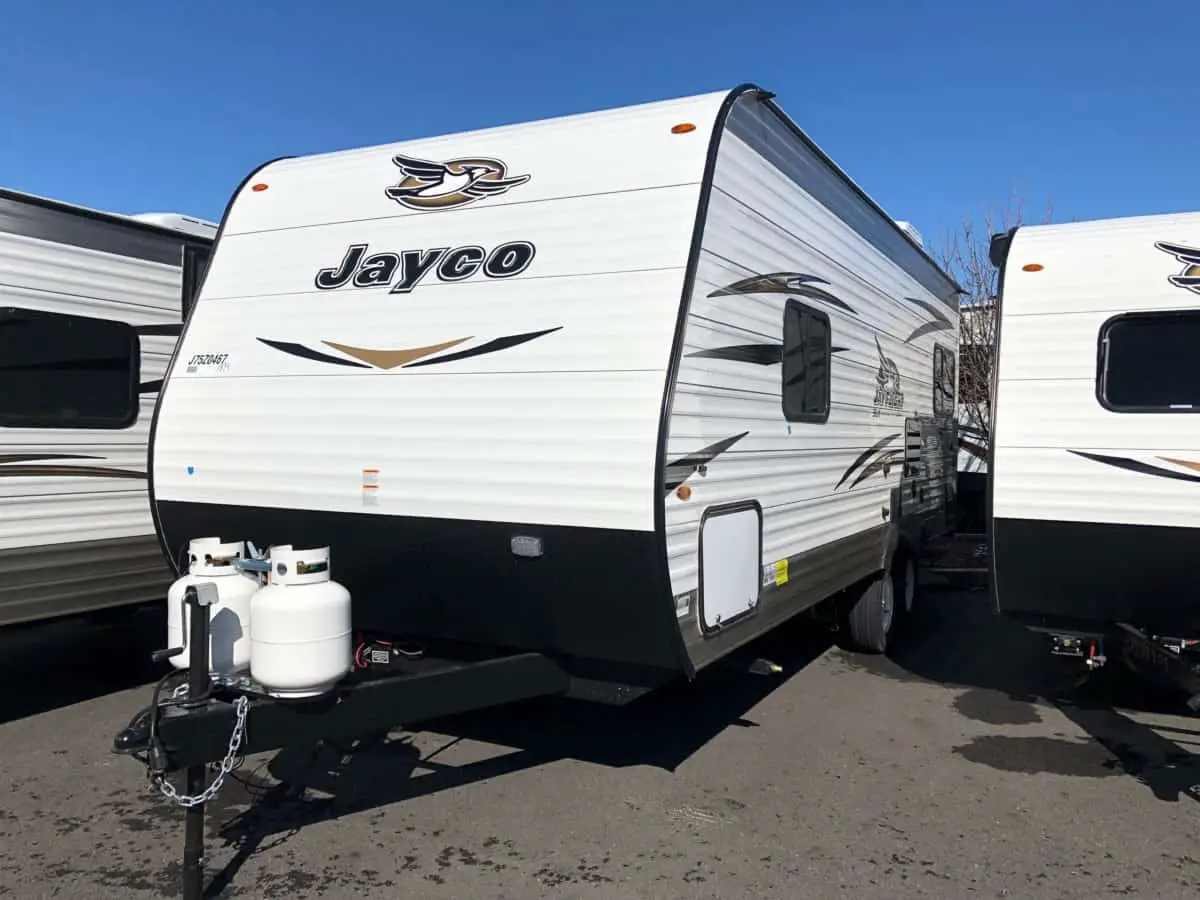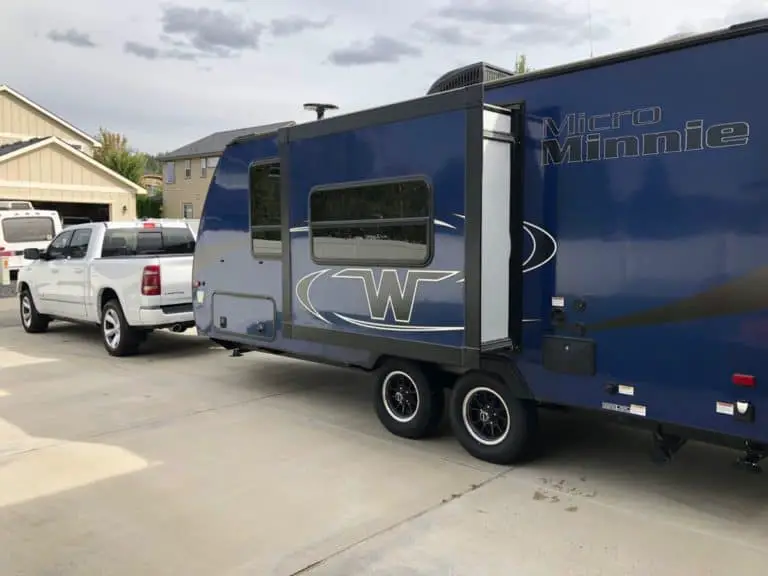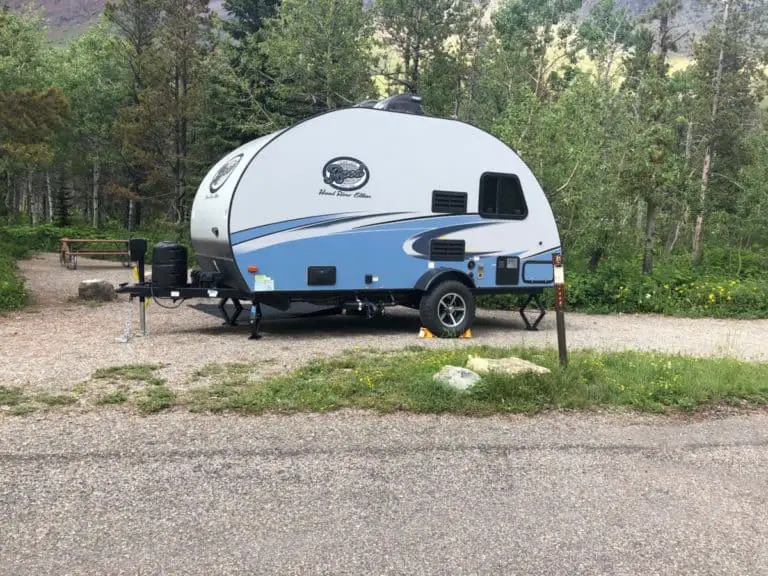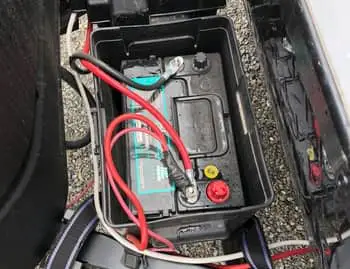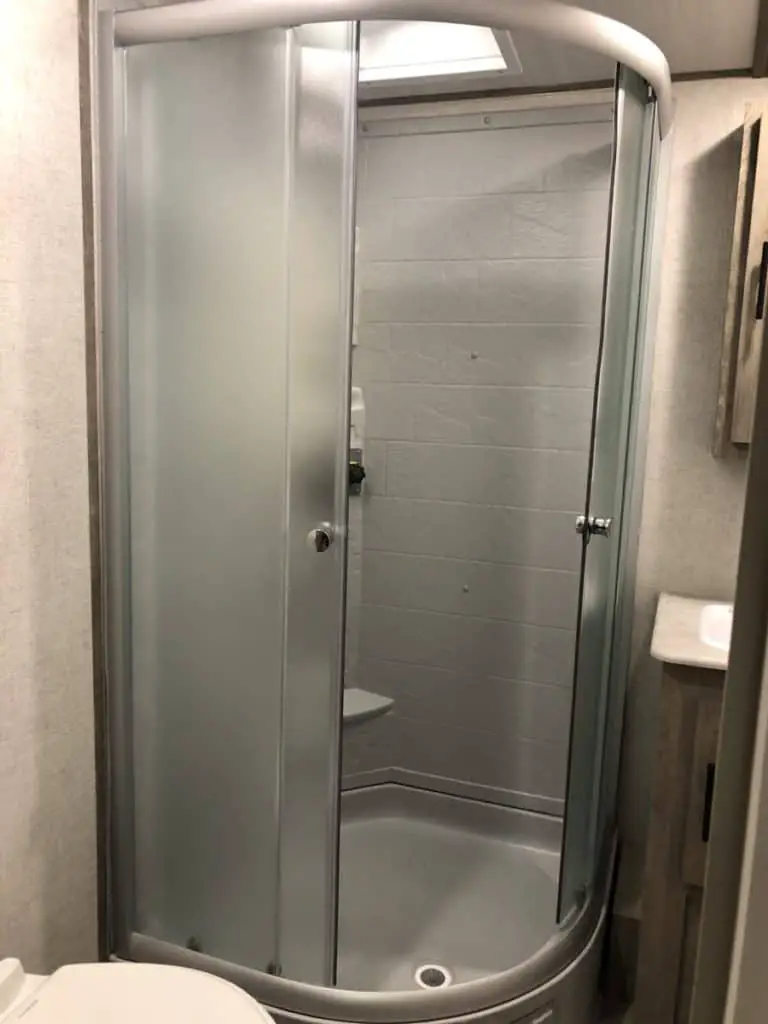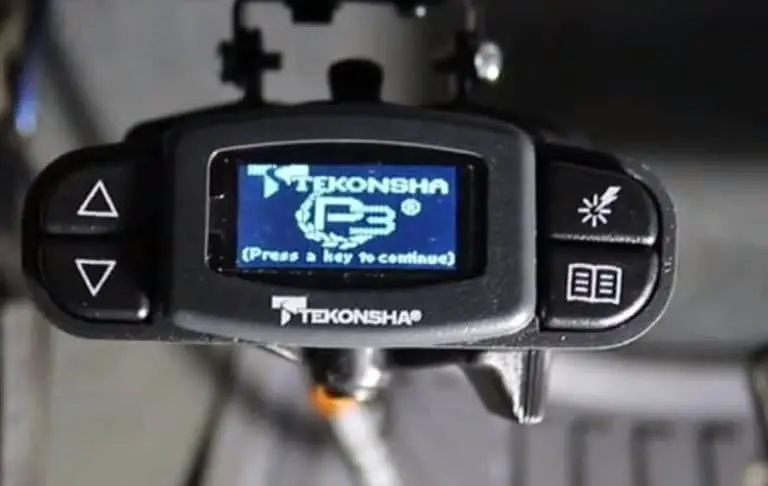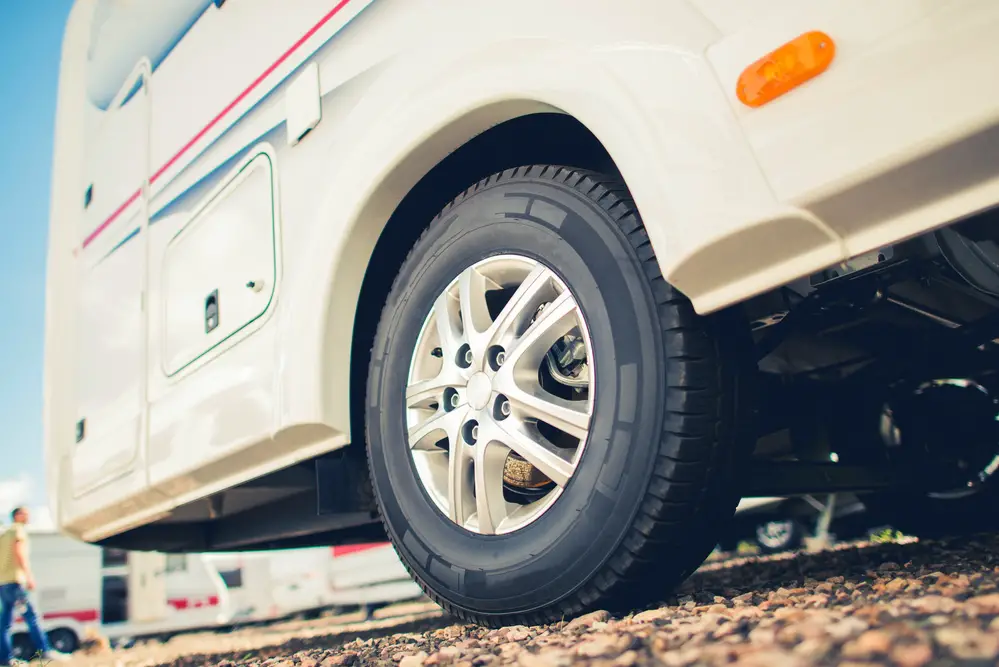Can you put vinyl siding on a travel trailer?
No matter if you are buying a renovated older trailer that needs some extra help or you have an older trailer that you have had for years and needs some extra love, knowing what to put in place of your old siding is important. Many people look for different options to replace their siding based on the needs they have for their family and they wonder “Can I put vinyl siding on a travel trailer?” because of the cost and ease of attaching vinyl siding.
Can I put Vinyl Siding on a Travel Trailer?
Vinyl siding can be placed on a travel trailer, but not on a trailer you plan to tow at fast speeds. Take caution because it is not typically the top choice for siding for your trailer, RV, or fifth wheel. If you do tow at high speeds, it can blow off and cause damage to your trailer and other cars.
In this article, you will uncover the pros and cons of vinyl siding as well as the best types of siding to replace your trailer siding so you know the exact siding you need for your trailer, RV, or fifth wheel. Taking the time to figure out what siding works best for you, as well as how to take the siding off and install it, is important to learn about before you begin the entire process.
Vinyl Siding as an Option for a Travel Trailer
When you purchase a used travel trailer, you may have to change out the old siding because of old age or damage. There are plenty of options you can choose from that will be a great addition to your trailer, fifth wheel, or RV and each one has its pros and cons.
The most common types of siding are aluminum and fiberglass, but there are other options as well that are more homemade such as wood or vinyl. Vinyl siding is not typically used on travel trailers, but it is an option if you are not planning to travel often or your RV is more stationary.
What are the pros and cons of vinyl siding?
Many people do not choose to use vinyl as a siding material because it is not a common type of siding for moving vehicles and definitely has its pros and cons.
Vinyl siding can be added to your trailer to replace other types of siding and is another option to think about. Vinyl siding looks good and is a lightweight option for your trailer. One of the drawbacks of vinyl siding is that it typically is not recommended for road travel and doesn’t hold up well in inclement weather.
Vinyl siding is also affected by temperatures so if you live in colder climates, your vinyl siding may crack in cold temperatures especially if moving around.
Because vinyl is not a typical siding material, you have to weigh the pros and cons. You may be putting your trailer at risk for water damage because it does not do well in the wind or bad weather. If you choose to use vinyl siding, know the pros and cons before you decide to move forward with vinyl siding.
Why do I need to replace the siding on a travel trailer?
There are multiple reasons that you may need to replace the siding on your travel trailer, RV, or fifth wheel. Replacing the siding on your travel trailer will ensure you can continue to use your trailer for years to come. Some reasons you may need to replace your siding are:
- Water Damage
- Old Age
- Sun Damage
- Tree Damage
- Other Damage
Taking the time to replace your siding will make sure you don’t run into more issues in the future. Having water damage in your RV is most trailer owners’ worst nightmare, but if you catch it early you can fix the issue easily and efficiently. Old Age combined with sun damage can also wear down the material most sidings are made of and cause them to deteriorate and require them to be replaced.
What steps to take to remove old trailer siding?
- Remove any lights. Any lights on the outside of your trailer, fifth wheel, or RV will be in the way when taking off your siding. Pop off the outside light cover and unscrew the screws inside.
- Remove staples. More often than not, there will be staples holding on your old aluminum siding so you will need a staple remover or flathead screwdriver to remove the old staples.
- Pry up siding. You will next need to pry off the old siding in order to have a clean surface to add the new siding. While you do this step, be intentional and take your time because you could easily mess up your trailer by going too fast.
- Check Conditions. When you pry off the old siding you may find other issues that you will run into such as water damage or insulation that is ruined. Taking the time to fix these issues will help you not run into the same problems again and again.
As you remove your old siding, wear gloves and be careful because some parts of the siding can be sharp and could be dangerous to move around. Once you remove your siding, you will then need to decide what siding you want to add on next and make sure you know the pros and cons of each.
What types of siding are best for replacement siding on a travel trailer?
Before you clear off your old siding you will want to decide what type of siding you want to add to your trailer. There is really only one option of siding that is recommended by many because of its durability as well as different price points you are looking to spend.
Aluminum
Aluminum is a cheaper addition when it comes to adding siding to your travel trailer but also has its pros and cons. Aluminum siding seems to collect dirt easier, making it harder to keep clean for the long run.
Aluminum siding is a lot lighter and can be added to trailers to allow smaller vehicles to be able to tow your trailer with ease. Aluminum siding is also easy to repair and fix over the years.
Fiberglass
Fiberglass is an excellent option for travel trailer siding. Unfortunately, it is virtually impossible to add fiberglass siding on a travel trailer. It would be hard to lay the fiberglass without the special molds and equipment a travel trailer manufacturer has.
Fiberglass is easier to fix than aluminum and will not dent, so if you have a fiberglass travel trailer, you can always fix and patch any holes.
How to attach siding to a travel trailer?
Overall, aluminum siding is attached to your travel trailer by grabbing one sheet at a time and attaching them to the side vertical beams with staples that are hidden under a folded edge. As you continue to add sheets, you will layer a small edge on top of the previous one and continue to add sheets until your trailer is covered.
Every siding is different so it is important to pay attention to how you take off your siding so you understand how to put it up successfully. Installing your siding effectively will help keep your trailer in good shape for years to come.
It would be helpful to take pictures of every step you take to remove the siding so you can look back and see exactly how each piece was attached. What you don’t want to have happen is to get all of the siding off and then have no idea how to put it back on successfully.
Be the first to be notified about FREE tips, hints, coupon codes, and email-exclusive information. All for FREE!

